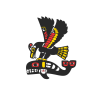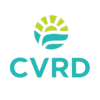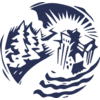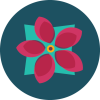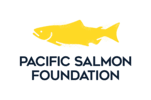We’ve all heard the advice this year to Be Kind, Be Calm, and Be Safe, but these wise words need not apply only to people. This is the second in a three-part collaborative series honouring the Cowichan River and exploring a more complete perspective on public safety rooted in the Cowichan teaching that everything is interconnected — Mukw’ stem ‘o’ slhilhukw’tul.
By Shannon Waters
As a public health and preventive medicine physician I look at health and wellbeing at a population level. As a Hul’qumi’num woman I consider the peoples I work with to include the animals, plants, land and waters. For generations upon generations our health has been promoted by our connection to our environment.
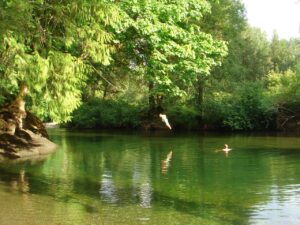
Child drops into a cool pool of the Koksilah River from a popular rope swing that the park’s neighbours maintained for decades. (Since removed when CVRD assumed management of the park)
• A source of drinking water,
• A player in food security as a home for salmon;
• A resource for income security of those whose jobs are connected with the river;
• A place for recreation/solace/cultural practices;
and therefore, supporting physical, mental, emotional and spiritual health.
This region is like most of B.C. in that mood and anxiety disorders are the most common chronic health conditions. We are also four years into an opioid overdose crisis, which has had staggering effects on mortality. Over the past number of months we now have an additional public health emergency with the COVID-19 pandemic.
This past May a population health survey found that 46 per cent of adults in Central Vancouver Island reported that their mental health had worsened and 17 per cent reported they were quite or extremely stressed since the pandemic was declared. Child and youth mental health has also been affected by the pandemic, through factors such as isolation exacerbated by school closures. Both the opioid crisis and the pandemic are causing stress and disruption in family environments.
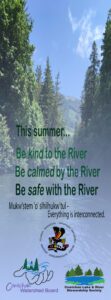 Our health system has means to support individuals with mental health conditions which might include counselling, medication or hospitalization. Acute health care services often come to mind when people think of supporting mental health. However, as an Indigenous public health and preventive medicine physician, I consider our health system to be much broader. We need to value and treat our environment — the plants, land and waters — as part of our health system.
Our health system has means to support individuals with mental health conditions which might include counselling, medication or hospitalization. Acute health care services often come to mind when people think of supporting mental health. However, as an Indigenous public health and preventive medicine physician, I consider our health system to be much broader. We need to value and treat our environment — the plants, land and waters — as part of our health system.
So when you next hear the adage of Dr. Bonnie Henry — Be Kind, Be Calm, Be Safe, I invite you to go “Be Calmed” by the river. Get outside and foster your connection with our environment. Hul’qumi’num territory has nourished peoples for generations upon generations and continues to do so in this time of dual public health emergencies.
As the annual August River Clean-Up events are not happening as a group activity in 2020, we encourage individuals and families to spend time this month cleaning up around the river. After all the river has done for us, this is one way we can give back.
Dr. Shannon Waters is the Medical Health Officer for the Cowichan Valley Region, and Cowichan Watershed Board member.
[Published in the Cowichan Valley Citizen Aug 27. ]
 Email
Email